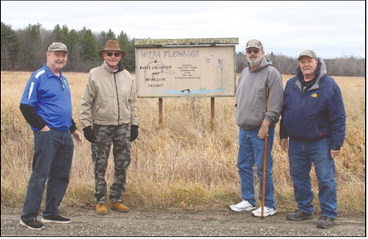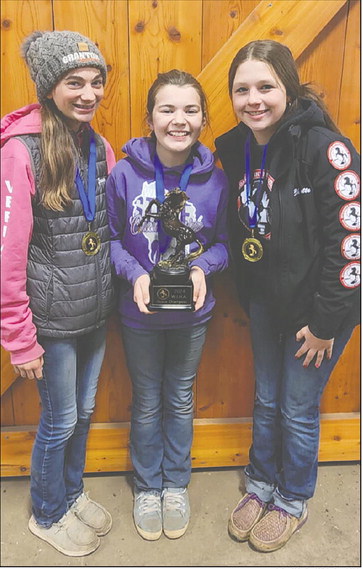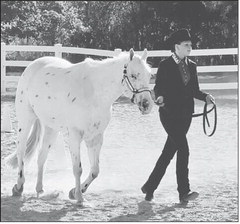DNR asks for help counting migrating chimney swifts
TheWisconsinDepartmentof Natural Resources (DNR) and the Wisconsin Chimney Swift Working Group invite the public to help monitor chimney swift populations by participating in a “Swift Night Out.”
Chimney swifts, a unique bird species that nests and roosts in chimneys, are starting to migrate from Wisconsin to the Amazon region of South America. When they move into migration mode, something special happens: These birds become communal, gathering at night in great numbers.
“It’s not unusual to see hundreds, sometimes thousands, of swifts circling and swirling over a school chimney or an old church chimney just before dusk in the middle of August or September in Wisconsin,” said Nancy Nabak, chair of the Wisconsin Chimney Swift Working Group. “But data indicates that it’s becoming less common than it used to be.”
According to the latest North American Breeding Bird Survey, the chimney swift population has declined by 72 percent in the past 50 years. To help find answers about why this decline has occurred and to protect this species, the group is asking interested individuals and groups to participate in a simple swift counting exercise called Swift Night Out.
Here’s how to count chimney swifts: – From now to early September (mid-August for Green Bay latitude and September for Madison, for example), look for tall, uncapped brick chimneys. Watch for swifts swooping and circling near a chimney to determine if they might roost there.
– Observe the birds entering the chimney from about 20 minutes before sunset until 10 minutes after you see the last swift enters the chimney. Please stay in one location, even if you do not see swifts right away. They may come to your site later. If you have zero swifts entering your chimney, please record this. This is still valuable information.
– Count (or estimate) the number of swifts as they enter the chimney. Counting in groups of five or 10 is useful when they enter quickly in large numbers. A hand-held clicker counter can also be helpful.
– Once you’ve counted chimney swifts, let the DNR and the working group know how many you saw and where you saw them by entering your data on eBird (ebird.org/home). An eBird account is required. Easy instructions for entering your data can be found on the chimney swifts reporting website at wiswifts.org/ report-chimney-swift-sightings/.
Chimneys make up the majority of nesting and roosting sites for this species. Once dependent on old growth forest snags, swifts now depend on chimneys which they adapted to when many of the older forests were cleared. Due to changes in technology, chimneys are no longer being built, signaling that habitat loss may be playing a role in the species’ decline.
Swifts have slender bodies with long, curved wings and short, stubby tails (they look like a flying cigar or boomerang). They fly rapidly with nearly constant wing beats, often twisting from side to side. They also give a distinctive, high chittering call while in flight and are the only bird that will drop into chimneys to roost for the night. Check out this All About Birds identification video for more information: allaboutbirds.org/guide/ Chimney_Swift/sounds.
By continuing to monitor these populations, the working group hopes to learn more about them and identify important roost sites so they can find ways to help protect these unique Wisconsin birds.
View more information about the Wisconsin Chimney Swift Working Group and how to help protect chimney swifts locally at wiswifts.org/.





